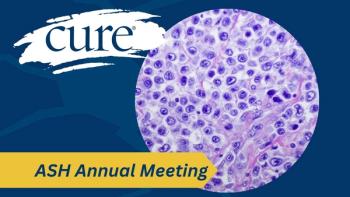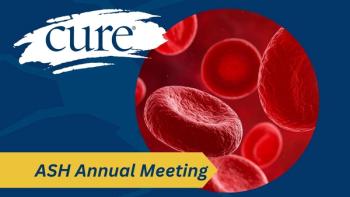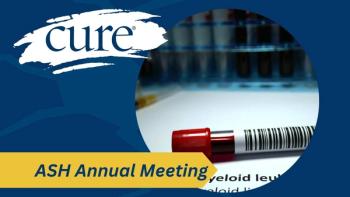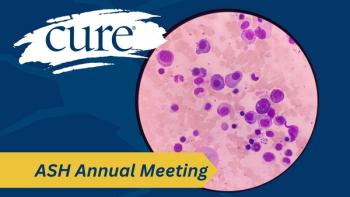
Mammographic screening: More heat than light
The saga of the new breast cancer screening guidelines issued by the US Health Preventive Services Task Force continues to evolve and has now polarized the public as well as professional fields. Many radiologists and surgeons, along with their patients and the public, feel betrayed by what they perceive as a reversal in public policy and a denial of service. Some sense a plot by the government to ration health care (the USPST denies that cost was entered into their analysis and they are in fact an independent body even though appointed by the Department of Health and Human Services). The other side of the argument (and one that the USPST is now maintaining as they have slightly backpedaled) is that the recommendations all along were for women ages 40-50 to have an individualized decision about the pros and cons of screening, and not to abandon screening altogether. They did sneak in the every 2 years recommendation based on the fact that numerous trials looking at either yearly or every other year screening show about the same impact on lowering mortality due to breast cancer.OK, so where is the reasoning in this heated debate? Is it possible that there is one truth, but just divergent interpretations of the data, in part driven by emotion? I propose that the answer to this is yes. Most experts agree that screening does lead to early detection for some but not all breast cancers. They also agree that most positive finding in mammograms are in fact benign and in many cases lead to unnecessary additional imaging, biopsy, and even surgery. They also agree that many cancers that are picked up would never have affected the patient over their lifetime. Finally, false positive results and unneeded tests are more common in the 40-50 year old group. So in fact, these dramatic guideline "changes" are essentially nothing new. In my opinion, most women who are 40-50 should be offered screening because even though mammograms are not as effective in this in this group, the age distribution of breast cancer indicates that this age group is clearly susceptible (data from Surveillance Research Program, Cancer Statistics Branch, 2007.





